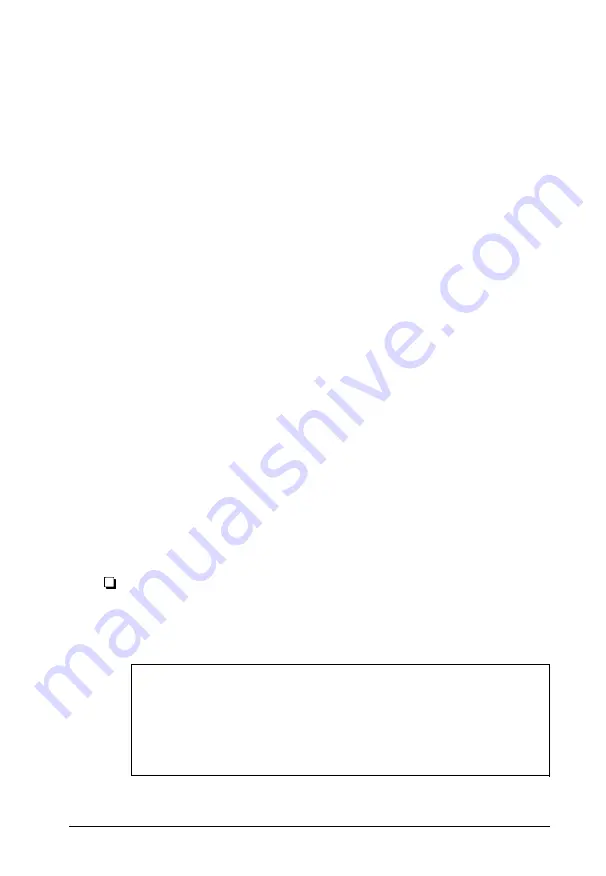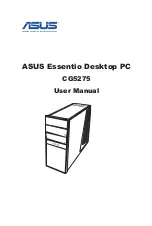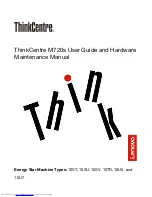
Double-sided, double-density diskettes have either 40 or 80
tracks on each side, and double-sided, high-density diskettes
have 80 tracks on each side. Diskettes can have 8,9,15, or 18
sectors per track.
A hard disk consists of two or more platters stacked on top of
one another and thus has four or more sides. In addition, a hard
disk has many more tracks per side than a diskette, but the
number of tracks depends on the capacity of the hard disk. The
number of sectors depends on the type of hard disk.
Your computer uses the read/write heads in a disk drive to
store and retrieve data on a disk. To write to a disk, the
computer spins it to the position under the read/write head
where the data is to be written. A diskette has an exposed area
where the read/write head can access it.
Because data is stored magnetically, you can retrieve it, record
over it, and erase it just as you play, record, and erase music on
a cassette tape.
Types of Diskette Drives
The following list describes the four types of diskette drives
you can use in your computer and which diskettes to use with
them:
1.44MB drive-Use 3.5-inch, double-sided, high-density,
135 TPI (tracks per inch), 1.44MB diskettes. These diskettes
contain 80 tracks per side, 18 sectors per track, and hold up
to 1.44MB of information (approximately 600 pages of text).
Note
MB stands for megabyte, which equals 1024KB (or
1,048,576 bytes). KB stands for kilobyte, which equals
1024 bytes. Each byte represents a single character, such
as A, $, or 3.
Using Your Computer
1-7
Содержание Endeavor WG
Страница 1: ......
Страница 3: ...EPSON User s Guide This manual is printed on recycled paper and is 100 recyclable ...
Страница 13: ...Glossary Index xi ...
Страница 201: ...400195900 ...
















































